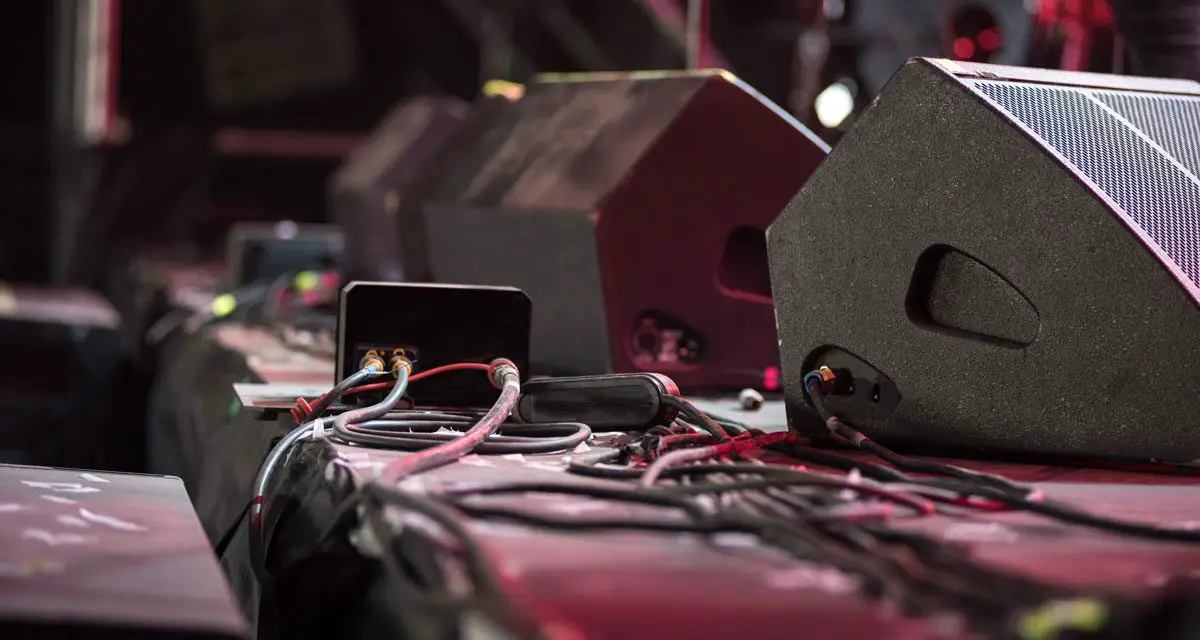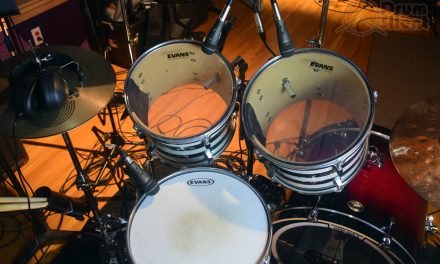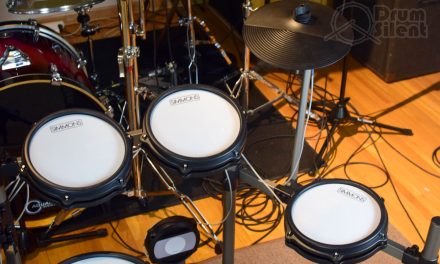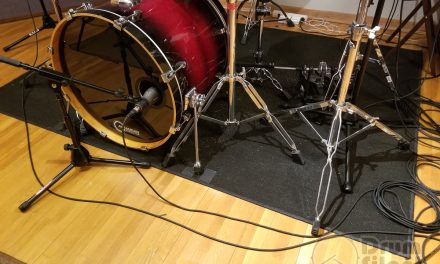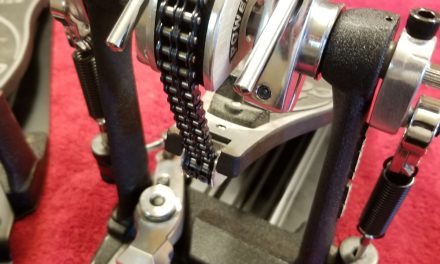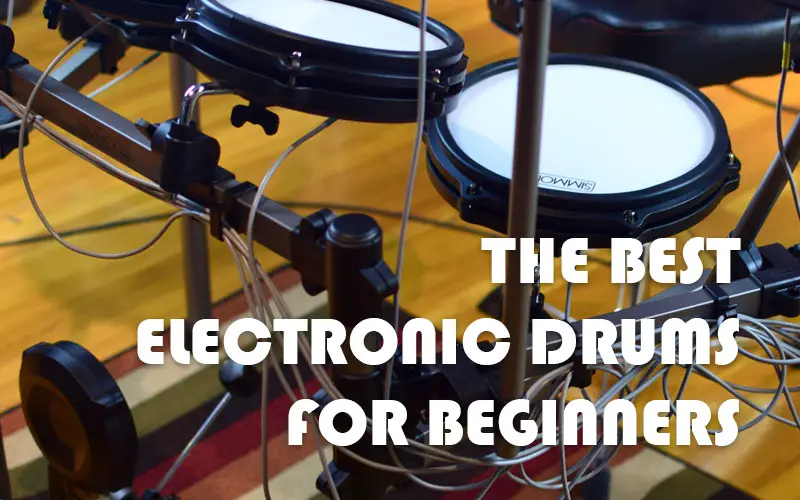Electronic drum kits are definitely suitable for playing gigs. It’s becoming more common for drummers to use electronic kits or components for live performances. There are some requirements such as having a sound system to play through.
Examples of Using Electronic Drums For Gigs
One common way of using electronic drums in a gig is for drummers to mix in electronic drum components with their acoustic drum kit.
Mixing Electronic and Acoustic Drums
One common usage is drummers using electronic drum pads to generate sound effects that are used in various parts of the songs. Drummers can trigger samples or other things such as intros, outtros or intermission types of effects between songs.
Another common thing that I see in the metal scene is drummers using triggers for kick drums when playing double bass. This can help keep the sound more consistent and give the kick drums more ability to cut through a live mix when fighting with extremely loud guitars, bass and vocals.
Triggers don’t need to be reserved just for kick drums, they can be used around the kit on anything to help increase the sound capabilities of a drum kit.
Using Full Electronic Drum Kits
Some drummers and venues like to use electronic drum kits on stage since it can reduce the demand for mic setups and can help control bleed with other instruments on stage.
From the venue or sound engineer standpoint, it can be easier to control the drum sound and volume in the mix, as well as the other mics on stage, when electronic drum kits are used.
From the drummer standpoint, it can offer good sound control and a more consistent drum sound if you are playing over good sound systems. It can also be easier to lug around an electronic kit in terms of transport, unless you’re using a full acoustic shell design type of kit.
Potentially Easier Setup and Sound Check
When compared to micing up an acoustic drum kit, setting up an electronic drum kit on stage can offer some advantages. You’ll basically just be connecting one stereo output between the kit and the sound system. You can also plug into a monitor that’s under your control on stage and output that to the sound system for the engineer to add to the live mix.
The sound engineer won’t have to worry about micing up your drum kit and they won’t have to worry about drums bleeding into the other mics on stage or vice versa. Overall it makes the stage setup and sound control much more manageable.
Ability to Change Drum Kit Sounds Between Songs
Some styles of music might lend themselves to changing the drum kit sounds between songs. This is a huge advantage for electronic drum kits, and almost impossible for acoustic kits to do on stage in most scenarios. You’ll be able to toggle between drum kit sounds with ease when you have a drum module on stage.
Disadvantages of Using Electronic Drums For Gigs
There are some potential drawbacks and negatives to consider as well. Not all scenarios are ideal for electronic drums.
The biggest disadvantage is that you absolutely need to use a sound system. While an acoustic drum kit can often be played without any sort of sound system reinforcement except for larger venue gigs, an electronic drum kit can’t be used for performance at all without a sound system.
Drummers who play electronic drums for smaller gigs where there might not be a sound system present will need to bring their own drum monitors. Those drum monitors will need to be powerful enough to project your drum sound at a suitable level for the venue. This will require an amplifier, maybe one or two PA style speakers and a sub woofer if you want powerful sub bass. That can end up being a lot of gear if you need to provide it yourself. Of course, if you are playing at venues with their own sound systems, that will be much easier.
Using electronic drums also open you up to more potential electronic equipment problems. If one of your pads decides to die in the middle of a performance, just as an example, that could be a big issue.
Also, an electronic drum kit that is suitable for performance level usage will probably cost more than an acoustic counterpart. Sure, there are plenty of budget electronic kits out there, but electronic kits that are suitable for performance won’t usually be found in the budget level.
Which Should You Use?
At the end of the day, you should use whatever you find suitable for your style of play and your personal preferences. Most drummers will use acoustic kits for live performances with possibly some electronic enhancements. At least that’s what I run into mostly out at clubs and venues. But when you do see a drummer rocking an electronic kit at a gig, you realize it can work just fine and it can really lend some advantages for certain styles of music.

